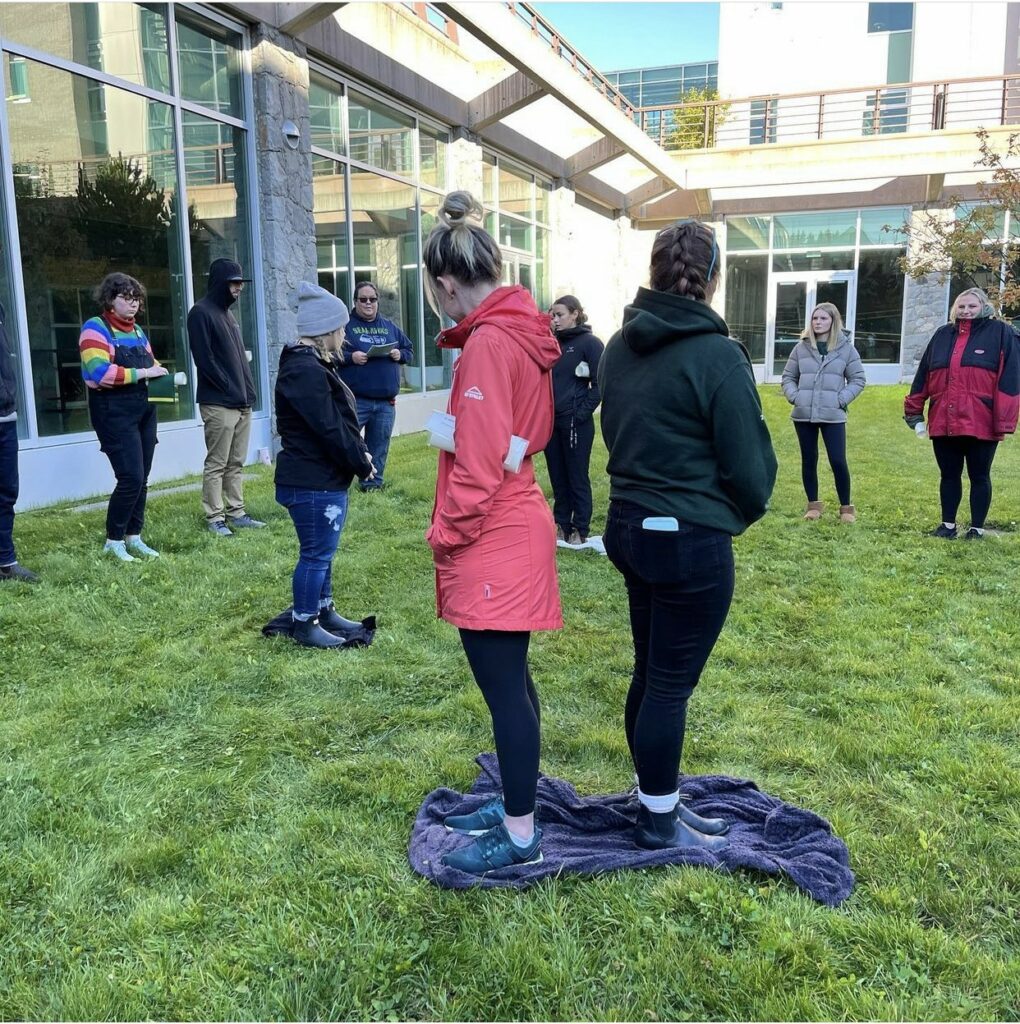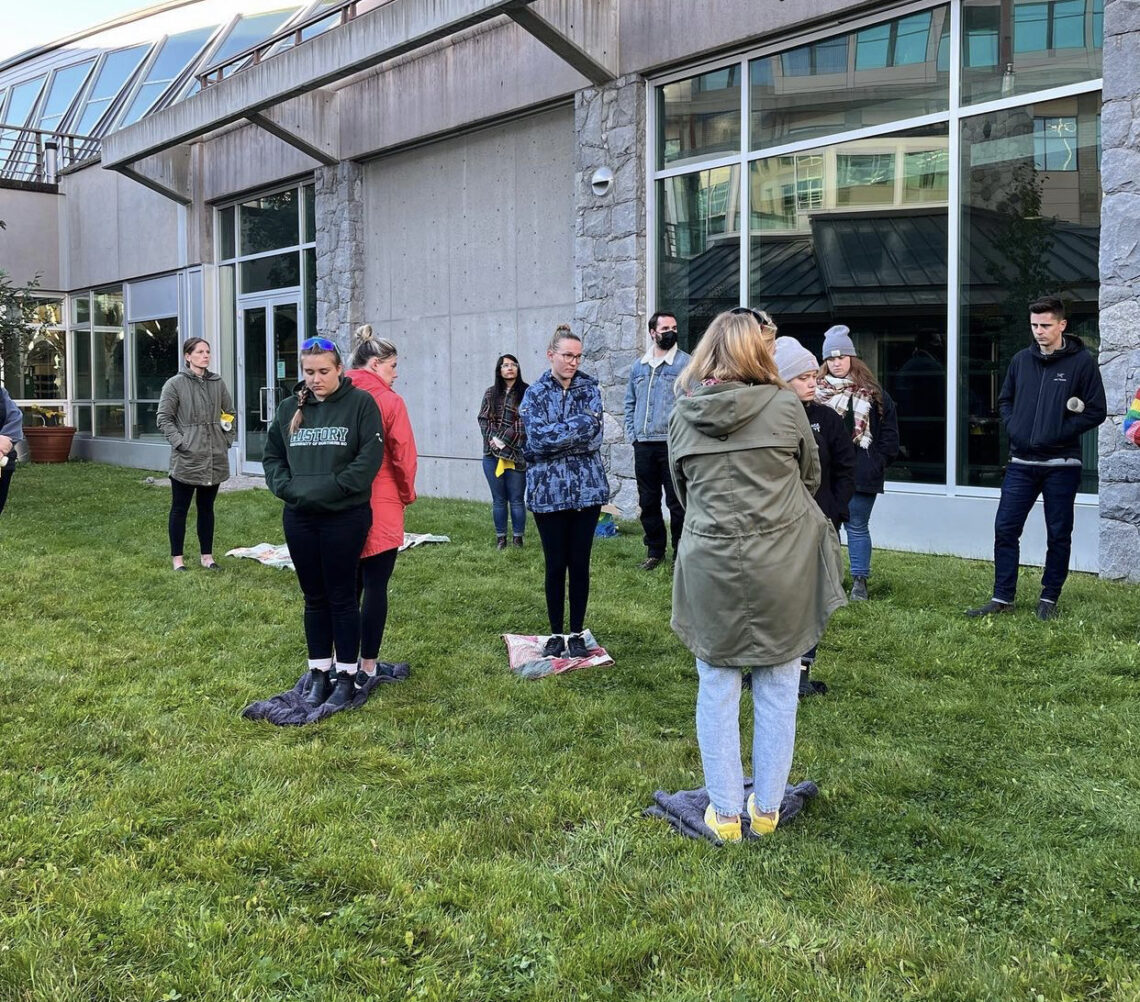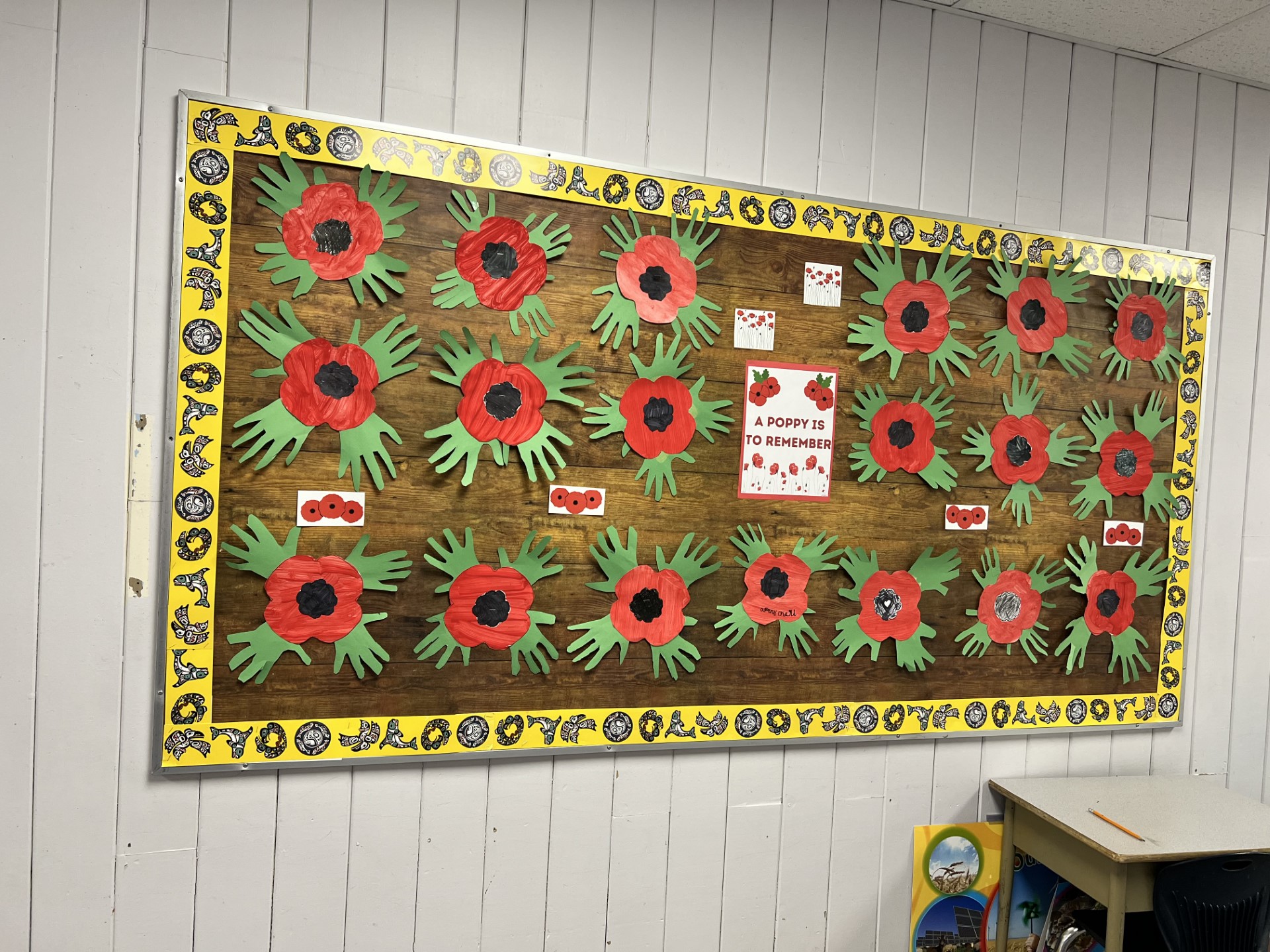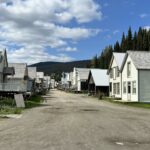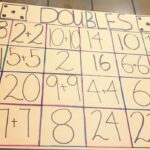During one of my education classes last week, I got the amazing opportunity to participate in the blanket exercise. As I stepped outside on this early and crisp fall Wednesday morning, the only thought I had in my head was how I was going to manage to stay warm and engaged outside for the whole hour and twenty minute class. The goal of the blanket exercise was to display the effects of colonization in an interactive way. This was done in the hopes of helping us as education students to gain a better understanding of the effects of colonization on the Indigenous peoples who had lived on the land long before settlers arrived on this territory. As the exercise began, I quickly realized that being cold and uncomfortable was going to be the last thing on my mind. From the very beginning, I couldn’t help but be completely captured by feelings of sadness, empathy, and guilt while watching the events of history unfold before me, while also playing an active role in the retelling as an Indigenous person. Watching Indigenous peoples die from smallpox blankets given to them by settlers, having their land taken away (done by making the blankets smaller while the same amount of people had to stand on it), and becoming isolated from one another (shown by having two people stand back to back or by having people move to another blanket or “territory” by themselves) all by European settlers made me physically sick to my stomach. Suddenly the ache in my frozen toes felt like nothing compared to the ache spreading through my heart thinking about someone having to go through even one of the many examples of the negative effects of colonization on Indigenous peoples that we witnessed throughout this exercise.
I learned some very valuable and important lessons through my participation in this exercise. One of the biggest takeaways was that reading about events in history books and doing worksheets and exercises is one thing, but to gain a full understanding and empathy for history, an experiential aspect should be incorporated into the learning process. I have learned about Indigenous history before, but this experience is something I will never forget and will leave a permanent mark on my heart due to the experiential aspect and the ability to “put yourself in other people’s shoes”. This is important to me because even though I have just started my education journey as a teacher candidate, I am already looking for ways to incorporate Indigenous education and learning into my practicums and beyond. This is not just to satisfy Standard 9 in the Professional Standards for BC Educators, but also to give Indigenous history and culture the respect that it deserves in the classroom. Moving forward, I will be examining the youth script for this exercise and will look for the opportunity to incorporate this into my classroom. I now feel it is important for people to get to experience the empathy and feelings that arise as a result of participation in this exercise.

